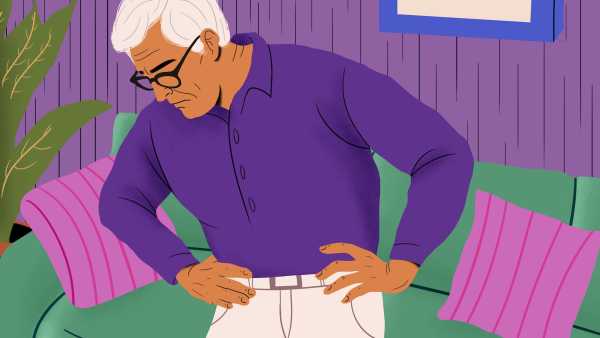
In people with Werner syndrome, cells cannot reproduce and repair their DNA as well as healthy cells, leading to premature aging. (Image credit: CHRISTOPH BURGSTEDT/SCIENCE PHOTO LIBRARYGetty Images)
Disease name: Werner syndrome, sometimes known as “adult progeria.”
Affected populations: Werner syndrome affects an estimated 1 in 100,000 births worldwide, although its prevalence varies by country. In Japan, the syndrome affects approximately 1 in 40,000 to 1 in 20,000 people, while in the United States, its prevalence is approximately 1 in 200,000. This difference in prevalence between regions is partly explained by the “founder effect,” a phenomenon in which genetic variation decreases after a small group of people separates from a larger population. This limits the gene pool and may contribute to a higher prevalence of disease-causing mutations in a given population.
Werner syndrome affects men and women with equal frequency.
You may like
- Rare disease causes insatiable hunger
- This rare condition causes people to move uncontrollably and unintentionally hurt themselves.
- Rare genetic disorder causes people to avoid sunlight
Causes: Werner syndrome is caused by mutations in the WRN gene, which is needed to make the so-called Werner protein. This key enzyme unwinds and separates the two strands of the DNA molecule and removes damaged sections of DNA. This helps cells repair DNA damage, copy DNA during cell division, and use genetic information to make proteins.
The enzyme may also help maintain telomeres, the protective caps on the ends of DNA molecules that prevent them from unraveling like frayed shoelaces. Telomeres shorten with age, and the rate at which they shorten is linked to the rate of biological aging and life expectancy of an organism.
More than 80 different mutations in the WRN gene have been identified in patients with Werner syndrome. Most often, these mutations cause cells to produce a shortened version of the Werner protein that doesn’t function properly. The exact effects of these mutations are not yet fully understood, but lab studies show that cells with these mutations cannot divide as many times as cells without the mutations. They also begin to senescent — a zombie-like condition associated with cellular aging — earlier than healthy cells. In addition, mutations in WRN can prevent cells from repairing DNA damage, which can lead to the accumulation of other harmful mutations.
The syndrome is inherited in an autosomal recessive manner, meaning it results from inheriting two damaged copies of the WRN gene—one from each parent.
Symptoms: Symptoms of Werner syndrome typically begin in the second decade of life, during adolescence. Children with the syndrome often have a thin frame and a slow growth rate in later childhood, sometimes without the usual growth spurt that occurs during adolescence.
People with the syndrome may begin to experience graying hair before they reach age 20. By age 25, they begin to lose hair on their scalp, eyebrows, and eyelashes, and may have only sparse hair elsewhere on their body, including their armpits and chest. This hair loss is likely due to hypogonadism, in which the ovaries or testicles do not function properly.
Sourse: www.livescience.com





